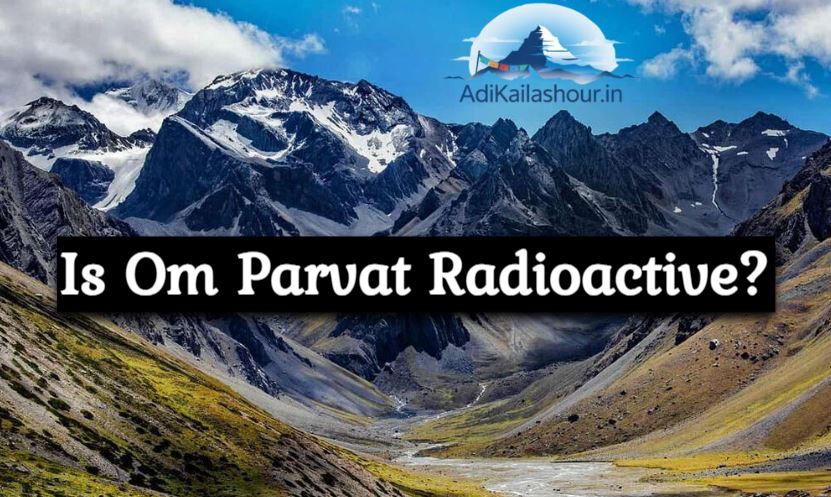Om Parvat, located in the Himalayan region of Uttarakhand, India, is a sacred mountain famous for the natural snow formation resembling the “ॐ” (Om) symbol. There is no scientific or credible evidence suggesting that Om Parvat is radioactive. The mountain is part of the natural Himalayan geology, and while some high-altitude regions in Uttarakhand exhibit natural background radiation from rocks and soil, Om Parvat itself is not known to be a source of harmful radioactivity.
Natural Radiation in Himalayan Regions
Certain areas in the Himalayas, including parts of Uttarakhand, have been studied for natural gamma radiation due to the presence of radionuclides in soil, rocks, and water. These natural radiation levels vary with altitude and local geology. However, the radiation levels recorded in districts including Pithoragarh, where Om Parvat is located, fall within the natural background range and are not harmful to human health.
Gamma radiation in these regions is natural and low-level, commonly found in many mountainous areas worldwide, and does not pose a risk for pilgrims or tourists visiting Om Parvat.
Environmental Concerns at Om Parvat
While Om Parvat is not radioactive, the region faces environmental challenges such as climate change impacts, pollution from increased vehicular traffic, and ecological stress from tourism and infrastructure development. These issues affect snow coverage and the natural appearance of the sacred Om symbol on the mountain.
Scientists and environmentalists urge for sustainable tourism and strict pollution control measures to preserve Om Parvat’s pristine environment and spiritual significance.
Conclusion
Om Parvat is not radioactive and remains a safe and revered pilgrimage site for devotees. Visitors should focus on environmental conservation efforts and respect for this sacred Himalayan peak to ensure its beauty and spiritual aura endure for future generations.

